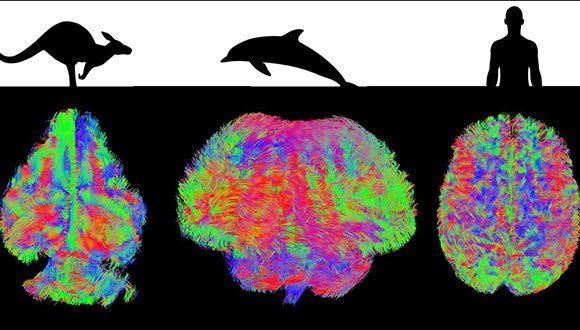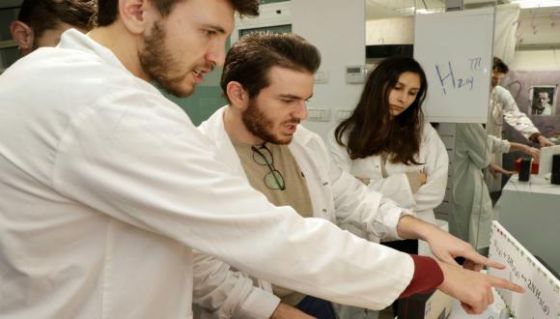
Pure Escapism
The new Escape Room Project provides a creative way of making learning more fun
University exams are not the easiest time for students. The pressure leads to thoughts of escape – to anywhere except the test itself. TAU has now taken the concept of “escape” one step further through the Escape Room Project, a physical space that provides a hands-on and alternative way of learning complex course material.
Escape rooms have become increasingly popular over the last decade. Groups sign up to be locked in a room and are timed on how fast they can solve puzzles, usually following a story line, that will allow them to “escape” the room and complete the game. This interactive format and team based problem-solving is exactly what appealed to TAU educators who are always searching for creative ways of making learning more fun.
The Project is run by Minducate, a collaboration between the Sagol School of Neuroscience and TAU Online— Innovative Learning Center. Last year the Project piloted three escape rooms based on four academic courses with some 250 students and staff taking part.
From the mad hatter to the disappearing cat
This year the Project is operating an escape room called ChemX, which is based on a course in life sciences, as well as another called “Alice In Wonderland“ for courses in neurobiology, neurophysiology and neuro-anatomy.
The escape rooms follow two fundamental design principles: they are content-rich and they pose a highly challenging riddle to the students. The game takes advantage of the whole space in the room to create a range of stimuli that work on both the mind and the senses. Student teams move from clue to clue by applying their course knowledge and when they finish – escape the room. They are then also better prepared to take the course exam.
Guy Teichman, a PhD student at the Sagol School, describes the ChemX room narrative: “A crazy professor created a poison for which he has no antidote. His poor students, now ‘poisoned,’ must quickly find one.”
Guy stresses that the escape room is built to address complex issues that students had problems with during their studies. “In the escape room, abstract concepts become tangible, providing an additional level of understanding of the material,” he says.
The Head of the Project, Dr. Limor Radoszkowicz of Minducate, says that the project has been extremely popular with students and that registration for the slots filled up almost immediately upon opening. She stresses that the escape rooms were designed jointly by academic staff and students.
Related posts

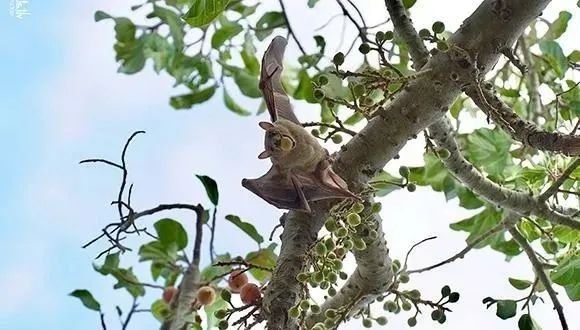
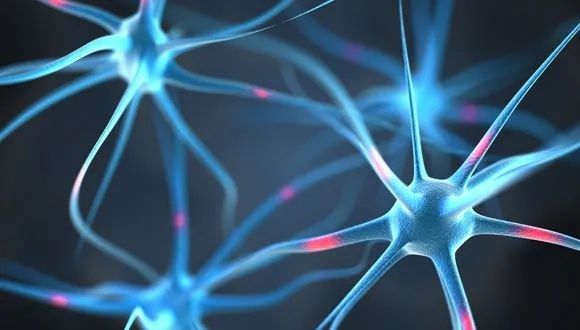
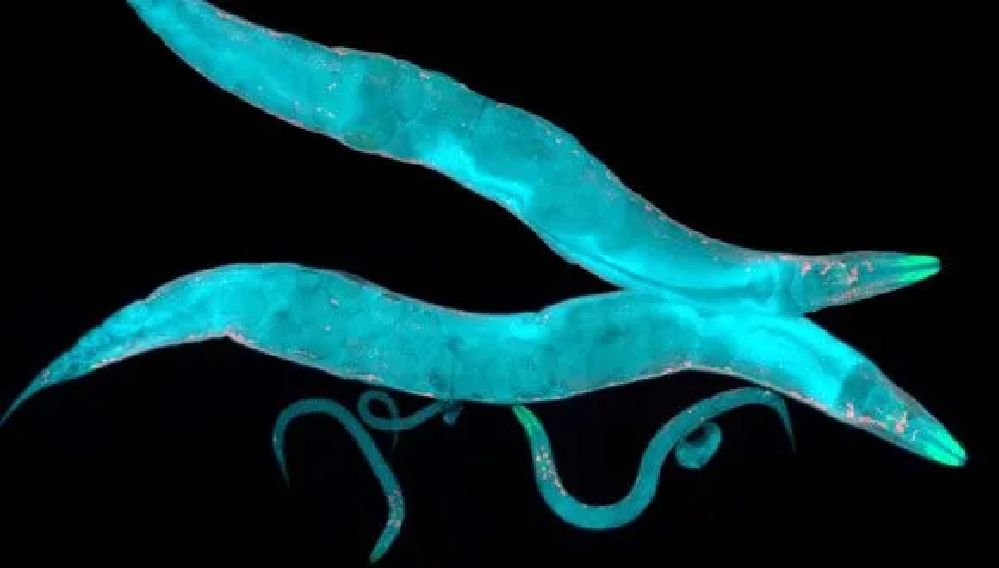
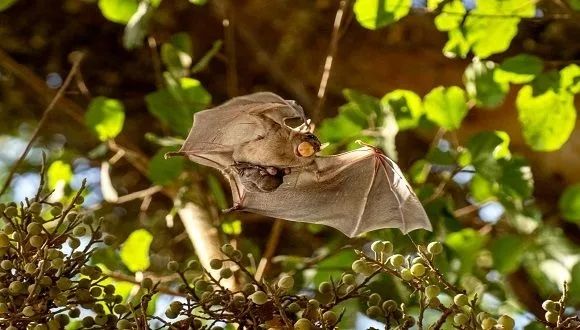


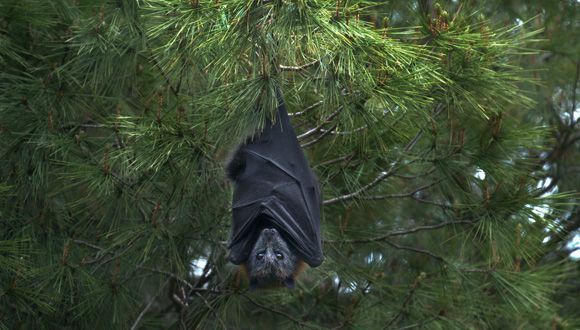
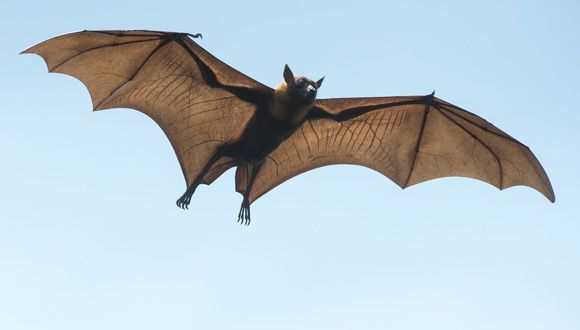

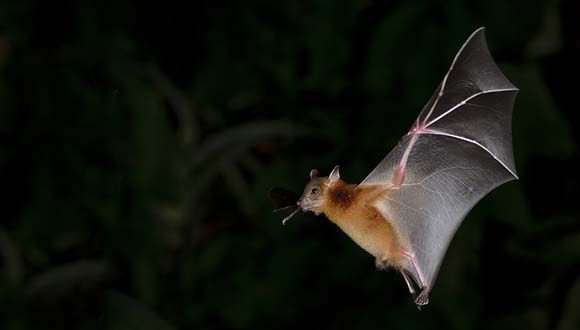
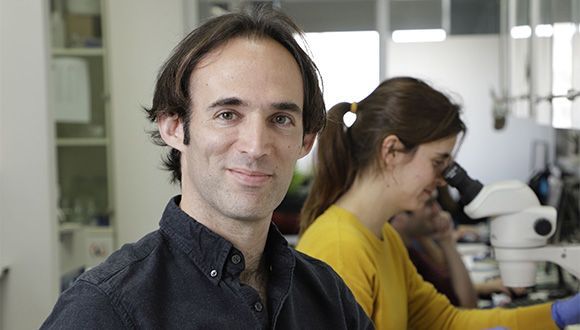

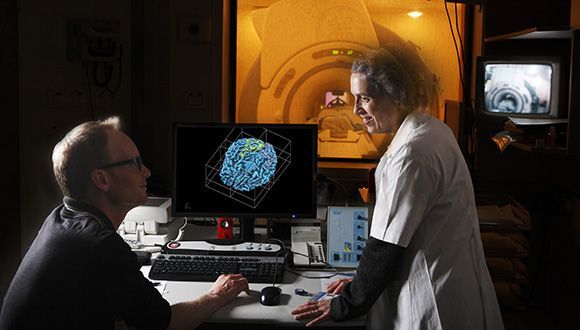

Tel Aviv University Scientists Successfully Reduce Metastatic Spread Following Tumor Removal Surgery
